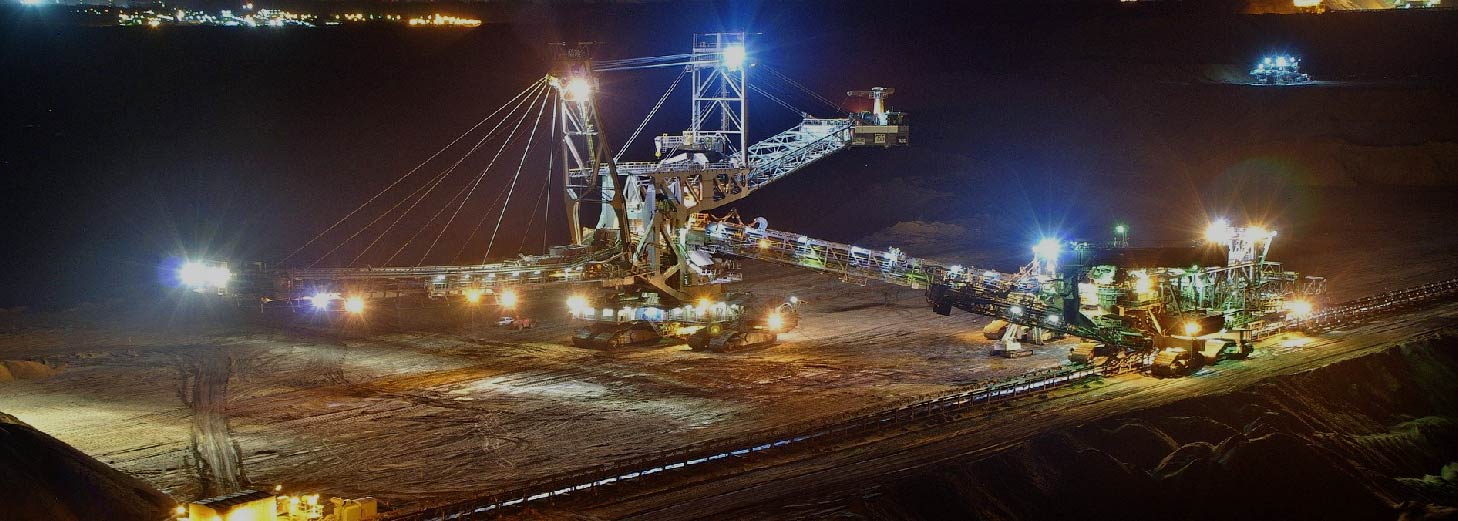Customer Centric Digital Transformation in Mining Industry

In today’s world, the mining industry must achieve multiple goals, such as increased production, improved efficiency, and cost containment, while also addressing sustainability concerns by aiming for global competitiveness. However, they are currently confronted with several negative global trends, such as falling commodity prices, a slowing global economy, and skilled labour shortages. Thus, they are focusing on four different strategic priorities to transform their organisation into an intelligent enterprise with skilled labour.
Strategic Priorities for Mining Industries
The importance and values of Digital Transformation in mining industries are concentrating on four strategic priorities outlined below to transform their organization into an intelligent enterprise.
- Make the business more predictable, agile, and productive through Automation
- Collaborate with customers, suppliers, and workers
- Focus on customer needs
- Mine responsibly and sustainably
To achieve this, Intelligent technologies embedded in RISE with SAP framework act as a key-value contributor in enabling the mining industries to become intelligent enterprises. Adapting to this enables your organization to redesign the entire business models, processes, and products by driving enterprise digitalization through product development.
Focus on Customer Needs
True customer centricity entails comprehending the ultimate end consumer and how their behaviours are changing and then making all business decisions on this knowledge. As mining companies become more customer-centric, one of their top priorities is to focus on their most valuable customers. Thus, a positive customer experience is enhanced by providing relevant information regardless of the channel used and knowing your customer from all angles.
Let us consider a real-world scenario to better understand this example. Two persons namely Sheerin and Sheetal are working for the same company and must enquire about customer details and present a presentation based on them.
In the case of Sheerin, she began receiving requests for customer information but did not know where to verify them. As a result, she began by manually reviewing each customer’s sales history. She later realised that all the information required was presented in various systems. For example, to locate a customer’s item or part number, she needed to consult a manufacturer’s catalogue, which could be printed or accessed online. Also, she had to use a desktop application to find an existing contract and use a separate application to create a purchase requisition. Once she started collecting all these details, she stored them in a spreadsheet. After this, she compiled all details and created a presentation. Finally, the company had to make decisions based on the potential data presented by her.
For Sheetal on the other hand, she began receiving requests for customer information, so she thoughtfully planned to perform a what-if analysis in real-time. As a result, she used intelligent software to assist her in gathering all customer data in a more efficient manner. Then she began comparing operational and financial data to make quick decisions. She was able to obtain a complete picture of the customer’s history, complaints, shipments, and product quality using this software. She presented all the data to the company, and they found it more useful because it had a better comparison between existing and operational real-time data.
To summarise, “Sheerin” found it difficult to obtain a complete picture of existing customers’ data due to disparate information and data silos. Unfortunately, simply curating the presentation required a significant amount of her time and effort. Whereas “Sheetal” was able to gain operational insights in real-time, allowing her to be more adaptable and responsive to changing circumstances with the intelligent software.
Now you may be asking, “How can RISE with SAP helps us?” Here are the primary business capabilities they offer to assist you in reaching your objectives:
- Commodity sales and procurement management is improved
- The ability to track and visualise customer shipments were crisper.
- Was able to achieve operational excellence in real-time.
- Access a comprehensive view of all customer-related data, including history, complaints, and shipment details.
- Provide a frictionless experience for customers to interact across multiple channels
- Act on intelligent insights from customer interactions, needs and requirements to provide value to them.
Top Value Drivers
The major value drivers in the mining industries post successful deployment of SAP S/4HANA are:
- 10%‒20% Improved customer satisfaction
- 2%‒10% Revenue growth because of new products and services
(Note: Data was taken from SAP’s statistics)
Conclusion
To summerize, SAP S/4HANA can improve your business values with hundreds of new features and seamless functionality. Many mining engineers have taken advantage of the benefits of process mining with key SAP processes such as order-to-cash, procure-to-pay, and record-to-report.
Own your tomorrow with a guided journey and outcome-driven practices of RISE with SAP. To know more about how SAP S/4HANA or about other solutions that can help enterprises in mining companies, do contact us!
